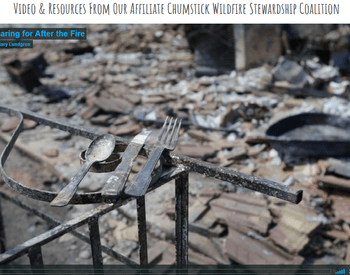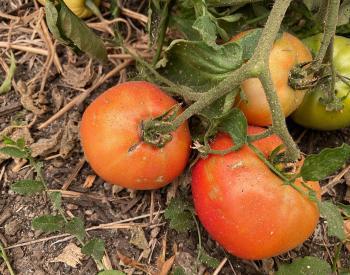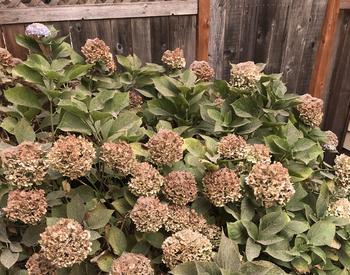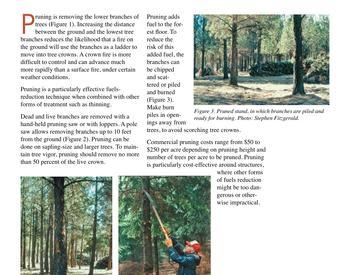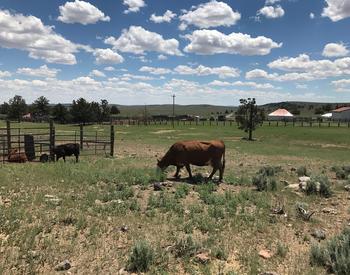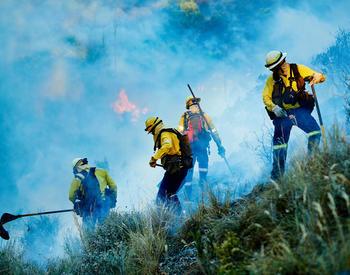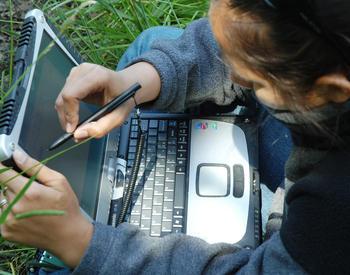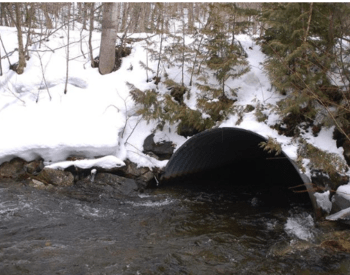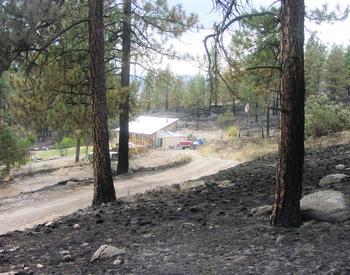Living near the forest is great but it
comes with risk especially when fire is
a possibility fire is a concern for
anyone living in the wildland urban
interface and you and your home need to
be prepared.
hi I'm Tom fields fire
prevention coordinator with the Oregon
Department of Forestry and I'm Chris
Babs president and CEO of keep Oregon
Green.
Fire can approach your home from
any direction the ground above your
neighbors even your own property.
Protect your home by creating defensible
space around its perimeter - it's a proven
way to make it less vulnerable to
wildfire.
Defensible space simply means
to maintain the landscape around a home
to stop the advance of a wildfire. The
space also provides safe access for
firefighters so they can protect it.
Defensible space is grouped into three
zones:
Zone 1 immediate zone - the goal
of zone 1 or the immediate zone is to
minimize sources of ignition and that
starts with the home itself. Using fire
resistant materials for your home and
deck along with fire safe construction
techniques will help prevent airborne
embers from igniting your home and keep
your structure clean places like roofs
gutters decks any place where debris can
accumulate need to be cleaned out.
Regularly replace mulch around your
house with non combustible materials
such as crushed rock or stone and within
5 feet of the home remove all plant
material living and dead and take a
moment to look up are there any branches
overhanging the roof you want to remove
those as well.
Zone 2 intermediate zone - the goal of
zone 2 is to reduce and spaced flammable
vegetation this will slow the fire
spread and keep it on the ground making
it difficult to reach the house. Consider
your choice of plants in this zone
choosing low growing and fire resistant
plants will help reduce ignitions in the
spread of fire lawns are a good choice
but keep them well watered and mowed to
a height of 4 inches or less. Lawns
driveways and gravel paths act as fuel
brakes to help slow the fire and get it to drop
to the ground. Fire is best control when
it's on the ground so another goal for this zone is to
eliminate ladder fuels known for helping
a ground fire climb up into the treetops -
that could be shrubs near a tall tree or
even low branches - so remove vegetation
from around trees and prune limbs 6 to
10 feet up from the ground and as was
done in the previous zone remove all
cones needles leaves and branches from
the ground and if you have a woodpile
make sure that you move it at least
thirty feet away from the home
preferably upslope.
Zone 3 extended zone -
this zone is the first line of defense
there may be more plants and trees in
this zone but if they're spaced and
pruned properly they'll provide a good
buffer that can slow the advance of a
forest fire by starving in a fuel. If
you've got small clusters of trees make
sure they're at least thirty feet away
from other groups of trees. Individual
trees should be at least ten feet apart
although you still should eliminate
ladder fuels so that fire doesn't climb
from the ground into the canopies of
tall trees. Absolutely and remember prune
limbs six to ten feet up from the ground
remove large accumulations of woody
debris such as dead trees or piles of
downed branches needles or leaves and
although it's a bigger operation fitting
trees in this zone can make a big
difference by reducing the number of
trees and spacing out the crowns. You can
really reduce the spread of fire while
maintaining a beautiful landscape.
Additional Steps
Once you've created defensible space there
are some additional steps you can take
to help protect yourself. Make sure your
address is clearly marked and that large
fire trucks have easy access to your
home evacuation plans need to be ready
and rehearsed long before a wildfire
threatens. The time you have to avoid an
approaching fire and evacuate could only
be a matter of minutes and you need to
act quickly.
With these preventative efforts you can
help slow or stop the spread of a fire
before it reaches your home. Talk to a
fire prevention specialist for your
individual property and talk to your
neighbors to see what they're doing to
make your community fire safe. Find out
more by contacting your local extension
Forester a fire prevention specialist or
by visiting keep Oregon-green.org.

